-
Contact
Sales & Customer Service
0800 612 6537 support@safelincs.co.uk Live ChatDelivery Enquiries
0800 077 6149 - Resources
Fire & Safety Solutions
CALL OUR TEAM NOW 0800 612 6537
Also FREE from UK mobiles
Free Delivery
on 100s of Products
Live Chat - Online
Instant help & Advice
Trade Discounts
and exclusive pricing
0% Credit Available
Open an account now
5 Star Customer Feedback
Fire Risk Assessment Information
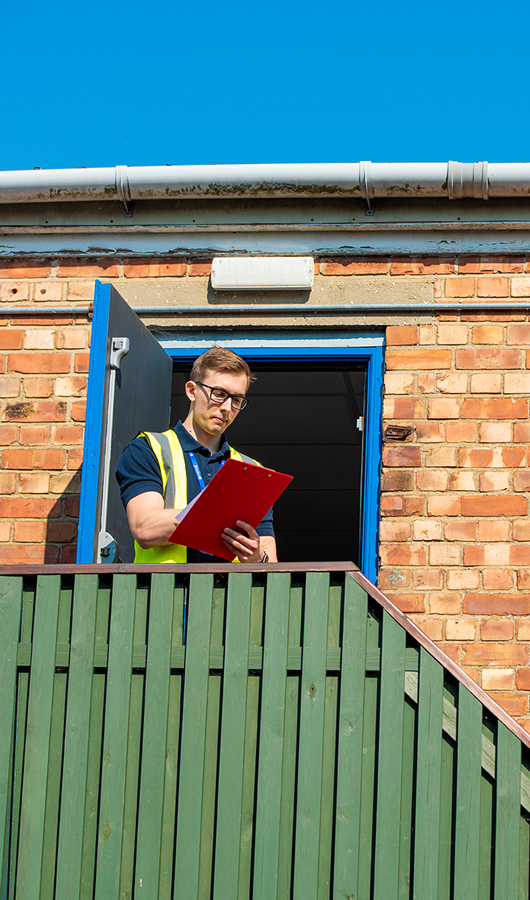
What is a fire risk assessment & why are they important?
A fire risk assessment is an in-depth review of the premises, highlighting all fire risks and making recommendations to reduce or eliminate the risk. Fire risk assessments are important as they assess all aspect of fire safety for a premises, for example, building users, sources of ignition and materials that could burn. and ensure that all relevant and appropriate risks are addressed. This could include evaluating current fire safety measures like fire extinguishers or evacuation procedures, and recommending improvements if required.
Are fire risk assessments a legal requirement?
All premises, other than those that are solely used a single private dwelling (e.g. houses), in England and Wales are required to comply with the Regulatory Reform (Fire Safety) Order (RRFSO) 2005 legislation. Commercial premises, like workplaces, and buildings used by the public, would be required to comply with the legislation.
A responsible person, in non-domestic premises, has a legal responsibility to ensure that the fire safety for all that are employed or those that visit the premises are safe. This includes those who may be on-site or within the immediate vicinity such as neighbours and visitors to a public building.
Most of the previous Acts providing legislation on fire safety have been repealed and replaced with this single document, Regulatory Reform (Fire Safety) Order 2005. One of the most important changes to the legislation, ensures that the responsible person must consider everyone who might be on the premises at any one time. This could include employees, visitors, and members of the public including neighbouring housing or businesses. In particular it highlights that consideration to ensure that individuals with disabilities are given the same protection as individuals that do not have impairments.
Who is responsible for completing a fire risk assessment?
Commercial premises will have an appointed Responsible Person, who must ensure that RRFSO is carried out and followed to ensure everyone's safety. In the majority of cases, the Responsible Person may be the owner and/or manager of the premises, who will need to consider what they can do to protect themselves and others that may use the premises from the risk of fire. Anyone completing a fire risk assessment should be competent and fully trained to do so.
Carrying out a fire risk assessment
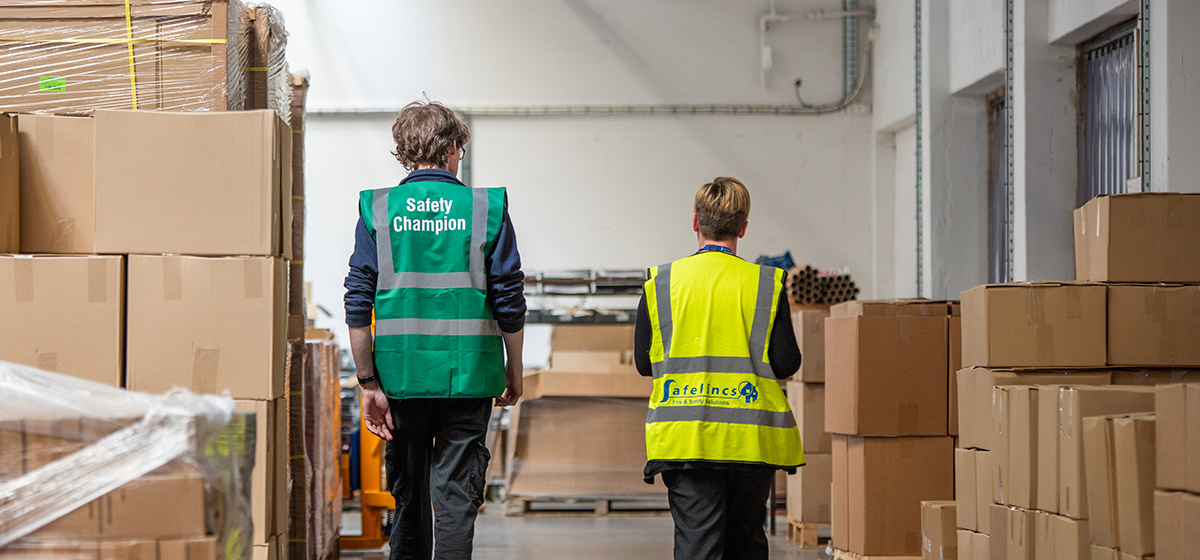
The responsible person must observe a number of duties laid out in the legislation. These are:
Take general fire precautions
- Take measures to reduce the risk of fire
- Take measures to reduce the likelihood of fire spreading
- Ensure a safe and effective means of escape from fire
- Provide means to fight fire
- Provide means to detect fire and to alert all people in the building to its presence
Nominate competent persons to help
- The responsible person must nominate competent persons to help them in the execution of these duties, and somebody who is under their employment is preferred
- Keep the competent persons nominated to help fully informed about all measures put into place associated with fire safety and fire risk
- The time and means available for those competent persons must be sufficient for them to fulfil their normal role within the business as well as their duties with respect to fire safety
Do a fire risk assessment
- Make a sufficient assessment of the risks posed to all people on the premises
- Identify sources of ignition, such as heaters, naked flames etc
- Identify sources of fuel, such as display materials, paper & fabric, stocked products, waste etc
- Identify sources of oxygen, such as compressed gases, natural ventilation, forced air circulation etc
- Identify the people at risk, such as those working alone or in isolated areas, children, parents, elderly, infirm and disabled individuals etc
- Review the fire risk assessment regularly, and especially, when there is reason to believe the risks present may have changed (e.g. if the premises have been rearranged or extended, or the organisation of work has changed)
- Record the information gained from the fire risk assessment, if there is five or more employed people on the premises. Even if you do not have five or more people employed, it is best practice to record the information and all suggested changes, which may have resulted in a follow-up action
Introduce fire safety arrangements and equip the premises
- Fire safety arrangements
- Plan, monitor and review the measures taken to reduce the risks that were highlighted
- Put the arrangements into effect
- Ensure that the arrangements are appropriate, taking special consideration to the size of the premises and the activities that take place there
- The minimum requirement will include:
- A fire detection and warning system, capable of warning everyone at risk in all circumstances
- A way of fighting a small fire
- A suitable way to evacuate everybody, safely and quickly away from the premises
- Please Note: Larger premises, or premises where activities are carried out that increase the dangers posed by fire will need considerably more than this bare minimum
- Ensure that any non-automatic firefighting equipment (e.g. fire extinguishers, fire blankets etc.) are easily accessible, simple to use and indicated by signs
- Establish safety drills and procedures that should be followed in an emergency, as well as nominating a single person or group of people to implement them
- Arrange contact with local emergency services, such as firefighting, rescue work, first aid and emergency medical care
- Provide sufficient escape routes, ensuring that they are clear and easy to open at all times
- Please Note: Emergency exits must:
- Open in the direction of escape
- Be adequately lit, even when normal lighting fails
- Must not be a sliding or revolving door
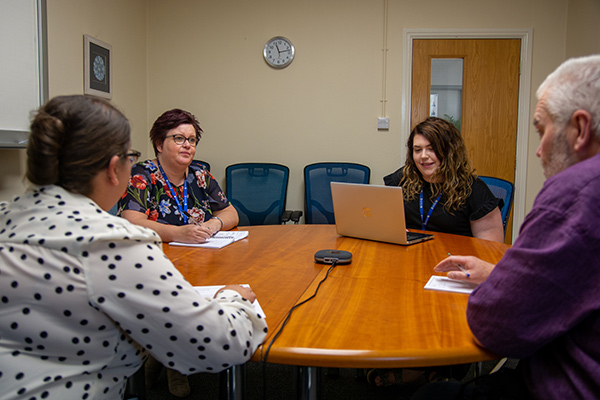
Inform all people on the premises
- The risks identified in the assessment
- The preventative measures taken to mitigate against those risks
- The identities of those Competent Persons nominated to help
- Provide all above information to other people working on the premises, such as contractors
- Give appropriate and adequate safety training to all new employees when hired, and whenever they are likely to be exposed to new risks or different procedures. This may include extension to the premises, moving or rearrangement of the premises, a change in the nature of their job, or the introduction of new technology
Set up a maintenance system
- Make arrangements to monitor and maintain the facilities, equipment and devices that are used to comply with the fire safety legislation
- Ensure all arrangements made to deal with the risk of fire are up to date. This includes ensuring that all equipment put in place to detect, warn, fight or protect against fire is kept in good repair and efficient working order
- The owner and/or occupier of the premises, if not the responsible person themselves, must co-operate with the responsible person to allow maintenance to take place
Eliminate or reduce risks posed by dangerous substances
- Where possible, eliminate the use of dangerous substances and replace it with the use of a safer substance
- If no safer alternative is available, control the risk and mitigate the detrimental effects that fire may have on the dangerous substance
- Provide anyone in the presence of, or are responsible for, dangerous substances with information on how to identify hazards associated with those substances. This would include informing them of the emergency arrangements pertaining to those substances
- Provide an appropriate communication and warning system to enable the most appropriate response, to reduce the risk posed by the substance in an emergency
What do my employees have to do?
Most duties outline in the RRFSO pertain to the responsible person (usually the employer/owner of the business), but there are some general duties that are expected of every employee whilst they are at work.
- Inform the responsible persons, or any of the nominated competent persons, of any situation which represents a danger to anyone on the premises, given their level of training and instruction
- Inform the responsible persons, or any of the nominated competent persons, of any shortcomings in the current systems and equipment for fire safety
What happens if I don't comply with the RRFSO?
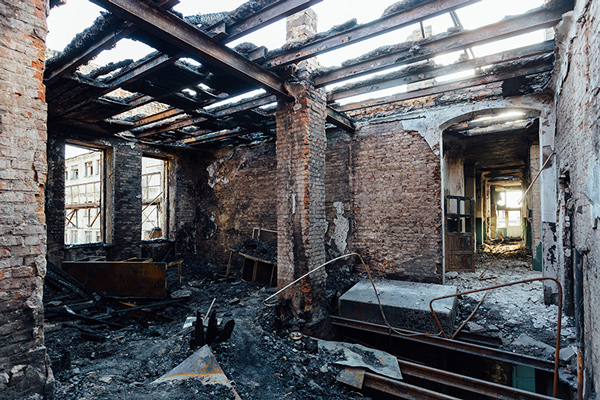
If an accident occurs on the premises, it is possible that you will be held legally responsible and could face criminal or civil action for negligence. The RRFSO gives Fire Inspectors and Fire Officers, the authority to inspect your premises. If they feel an infringement of the legislation has occurred which is serious and/or dangerous, they can either:
- Close down the premises until action has been taken to rectify the problem
- OR
- Serve you with an enforcement notice, which will give you a limited period of time (which could be as little as 28 days) to rectify any problems before any further action is taken
Choosing the right fire risk assessment for your environment
For those who need assistance or do not have the expertise to complete their own FRA, we offer a free downloadable risk assessment form, if you would like to complete a self-risk assessment. This assessment form must be used in conjunction with the official fire risk assessment guide(s)! Visit GOV.UK for a free download of the official guides.
Ensuring you get the correct advice from the start is key when choosing the right fire risk assessment for your premises. Safelincs offers a variety of fire risk assessments, dependant solely on the type of premises that you own or manage.
- HMO's & Small Blocks of Flats
- Suitable for landlords of properties that they let out to multiple occupants in one premises or of blocks of flats, up to 20 flats
- Village & Small Community
- Suitable for small community groups, that may be managing or in control of communal premises, such as churches and village halls up to capacity of 750 individuals
- Retail Shop
- Suitable for small retail shop owners of a premises size up to 2000m.sq.
- Office, Warehousing & Industry
- Suitable for business owners of office blocks and/or warehouse facilities, up to 5000m.sq.
- Public House & Restaurant
- Suitable for pub landlords and restaurant owners, with or without accommodation of up to 15 rooms/beds
- Doctor & GP Surgeries, Dentists, & Vet Practices
- Suitable for practice managers of medical facilities up to 2000m.sq, including but not limited to doctors & GP surgeries, dentist practices, and veterinarians
- Care Homes
- Suitable for care home managers with care facilities accommodation, up to 50 beds
- Nurseries, Schools, Colleges, & Universities
- Suitable for headteachers, or a group of school board members of education facilities of any type such as nurseries, schools, colleges, universities or academies
- Public Facilities
- Suitable for facility managers in control of premises such as, cinemas, museums, theatres, & places of worship
If your premises is mentioned above but exceeds the stated size, contact our Servicing Team on 0800 612 4827 or servicing@safelincs.co.uk for a quote.
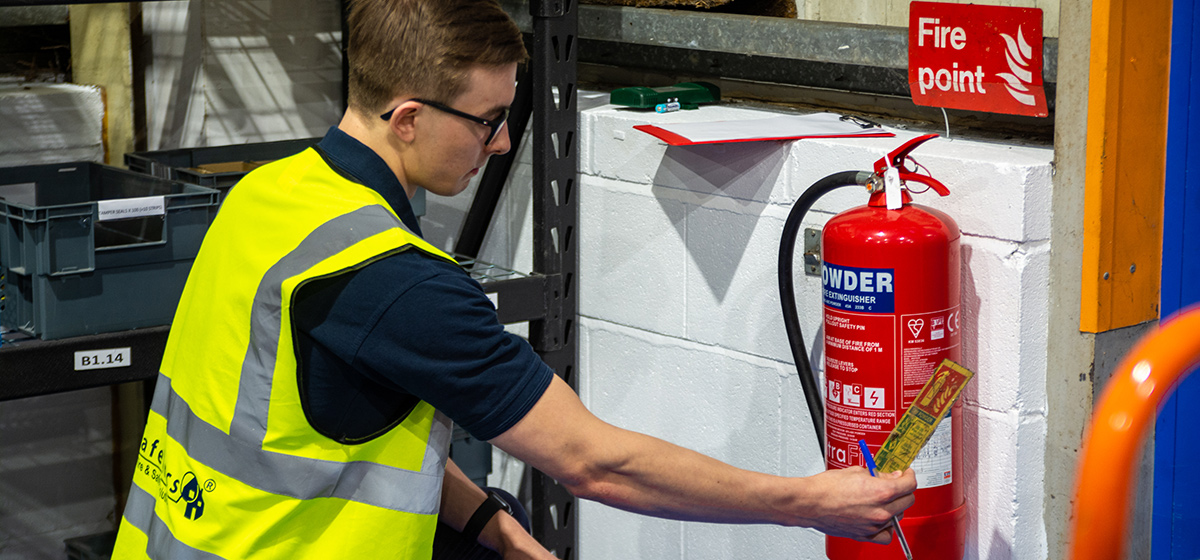
Additional resources
Here is a list of additional government resources, which provides extra guidance in completing your fire risk assessment specifically for your premises.
- A short guide to making your premises safe from fire
- 1 - Offices and shops
- 2 - Factories and warehouses
- 3 - Sleeping accommodation
- 4 - Residential care premises
- 5 - Educational premises
- 6 - Small and medium places of assembly
- 7 - Large places of assembly
- 8 - Theatres and cinemas
- 9 - Outdoor events
- 10 - Healthcare premises
- 11 - Transport premises and facilities
Reviewed: 15/09/2022 (doc:119 V1.1). Our articles are reviewed regularly. However, any changes made to standards or legislation following the review date will not have been considered. Please note that we provide abridged, easy-to-understand guidance. To make detailed decisions about your fire safety provisions, you might require further advice or need to consult the full standards and legislation.



















